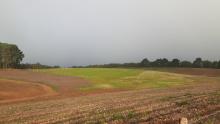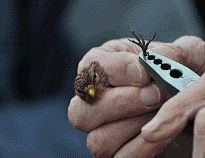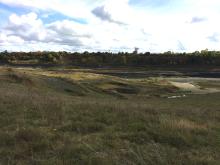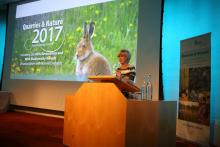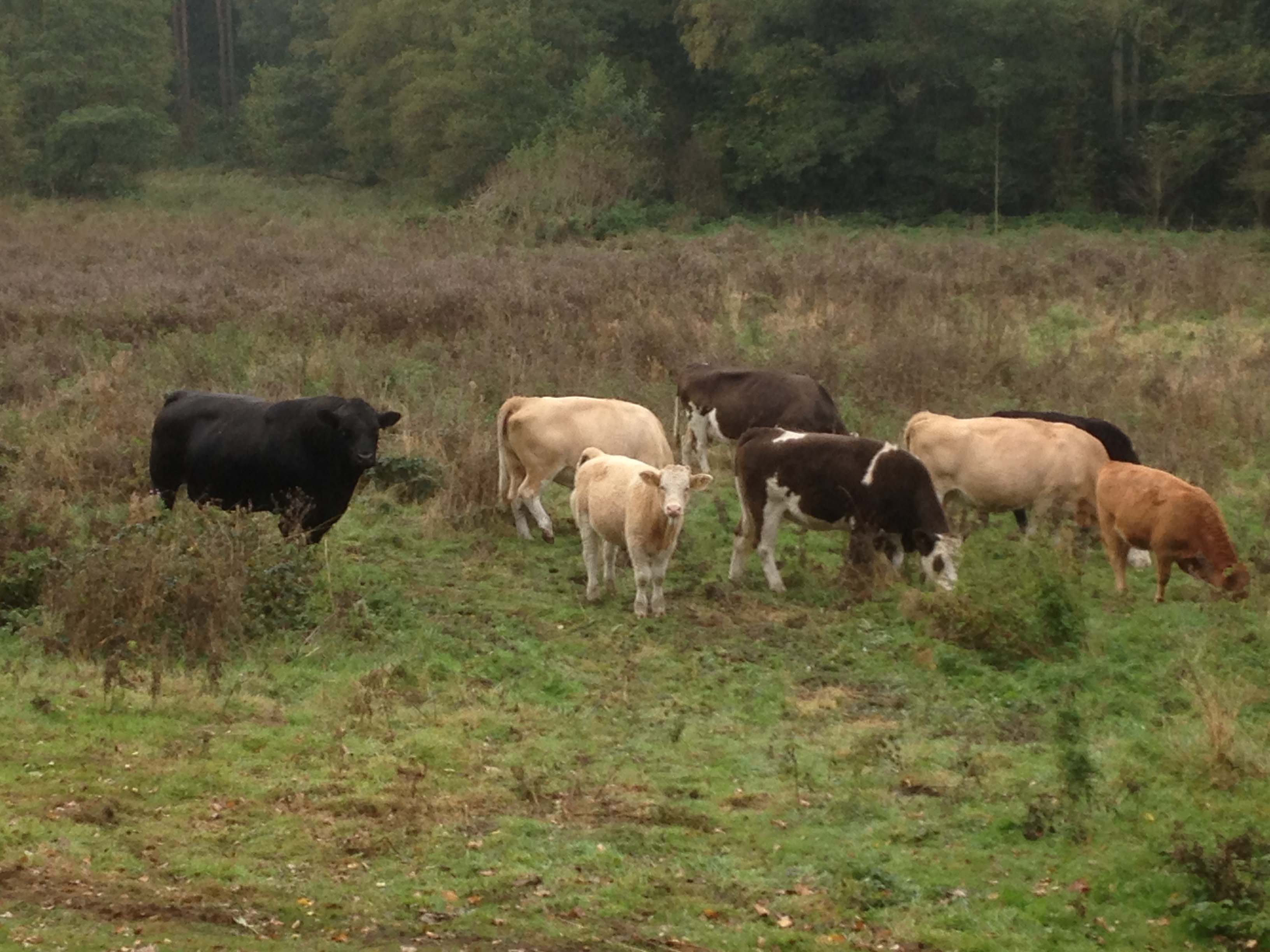
Hardy native breeds of cattle have been helping
Over Autumn, around 30 cross breed cattle have been gentling munching their way through weeds, rushes, herbs and general vegetation as well as trampling down the ground, which pushes seeds into the soil helping to promote germination for next year’s plants.
According to
At Dove Holes quarry in the Peak District, the cattle have been grazing on a five hectare meadow seeded with a special flower mix to provide food for the declining population of Twites. While at Berkswell, the SSSI (Site of Special Scientific Interest) Marsh Land has benefited from the 11 beef cattle living off the land.
"We look forward to welcoming the cattle back onto the land in the Spring. They are vital to Cemex's ongoing land management plan on the two sites and will, once again, be working for the benefit of nature by doing what they do best .....munching, providing manure and trampling,” comments Jenny Oldroyd, business conservation advisor.
Cemex has been working in partnership with the RSPB (Royal Society for the protection of birds) for more than seven years to increase the biodiversity of its land holdings and to date has completed over 900 hectares (approximately 1500 football pitches) of biodiversity restoration. Grazing cattle is just one of the many measures developed by the partnership to help wildlife and biodiversity.

